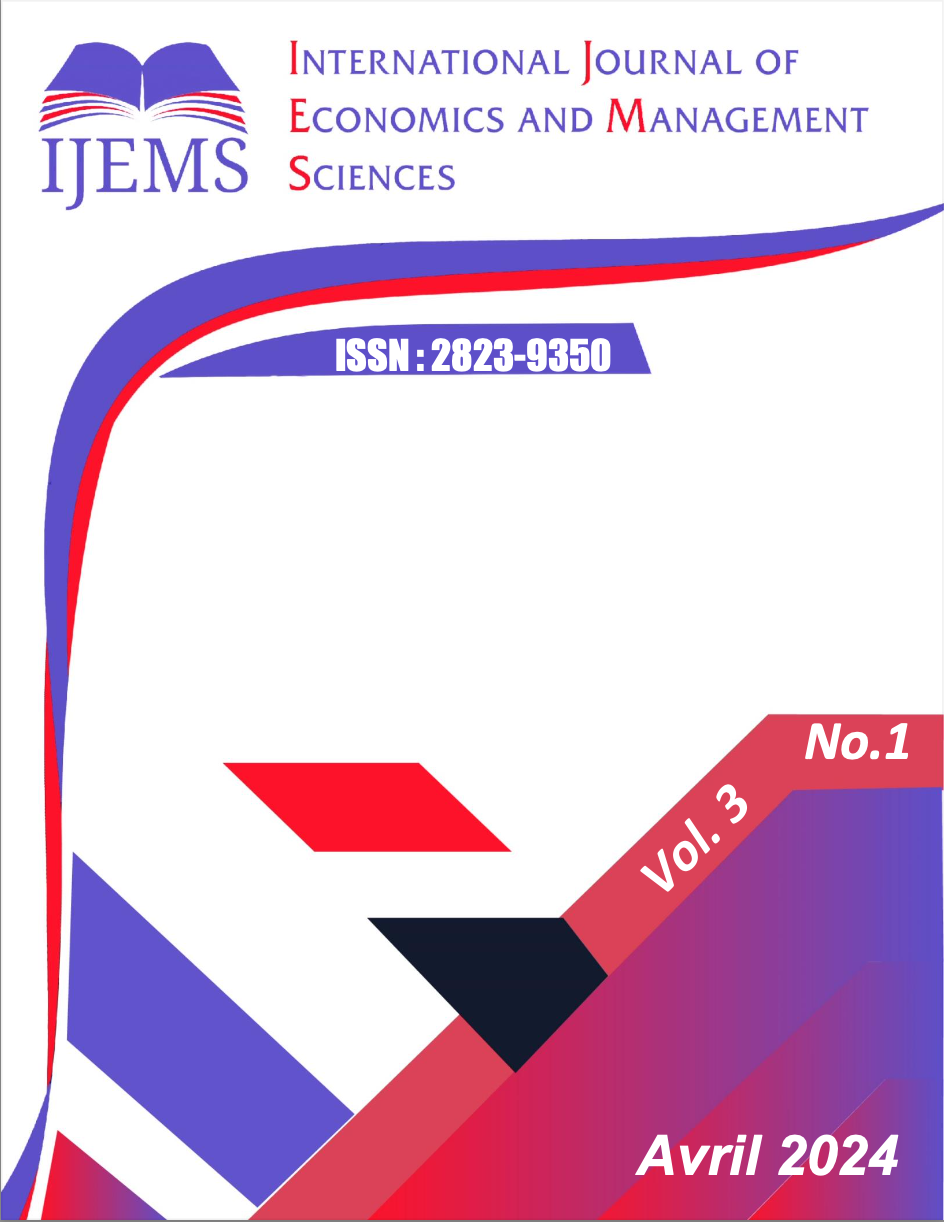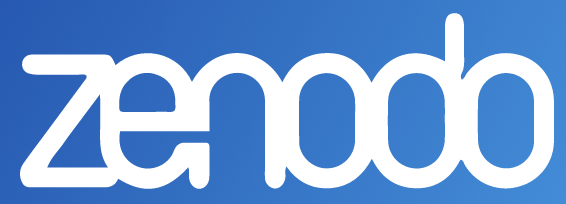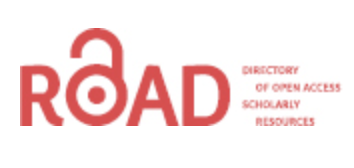Analyse et prévision du stress hydrique au Maroc Une approche modélisatrice avec le modèle ARIMA
Keywords:
Modeling, Forecasting, ARIMA model, Box-Jenkins methodology, Water stressAbstract
The present article focuses on a study regarding the modeling and prediction of water stress in Morocco until 2026. This research relies on the use of the ARIMA model, aiming to anticipate future trends in water stress in Morocco, thereby providing crucial information for water resource planning and management. Similarly, by closely examining the factors influencing stress to develop appropriate policies. Using the ARIMA model, the study provides forecasts on the future evolution of water stress in Morocco. The results indicate a downward trend in water stress over this period, highlighting the effectiveness of water management measures in place. However, the results of applying this model show that, by 2026, the level of water stress in Morocco will continue to decrease and could reach 50.53233 by 2026. This underscores the crucial need to adopt efficient water resource management to reduce water stress and ensure an adequate water supply to meet the needs of populations, agriculture, and industry. Such management would include water conservation strategies, rational irrigation practices, and investments in hydraulic infrastructure to optimize water distribution. Finally, the article also emphasizes the limitations of this approach, including uncertainties related to long-term forecasts and unforeseen variations in weather conditions. By highlighting the importance of continuing research on water stress to develop tailored solutions to Morocco's specific needs and ensure the long-term sustainability of its water resources.


















